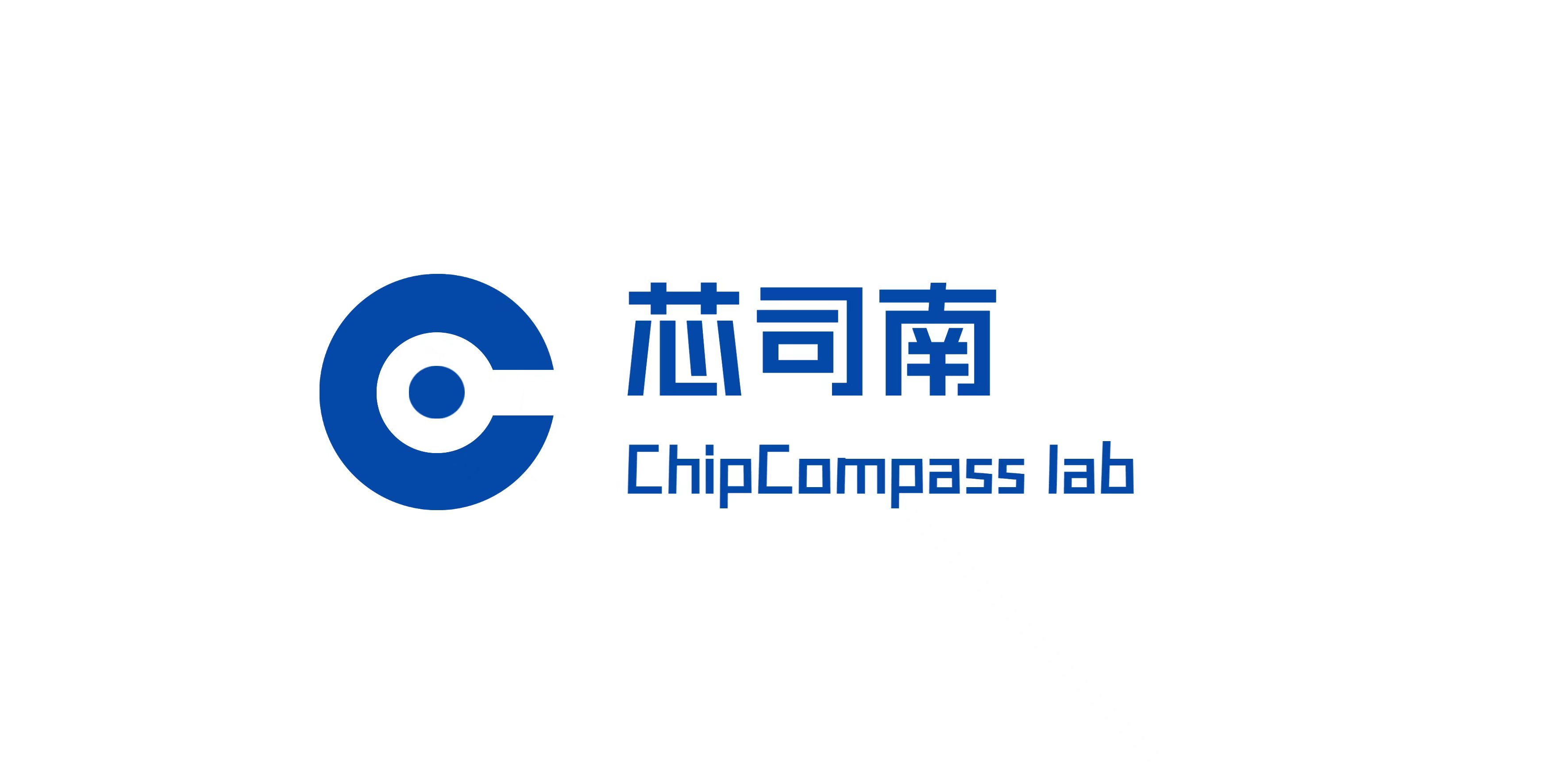TEM (Transmitted Electron Microscope)
TEM imaging, uses high energy electrons (usually 100-300kV) that are transmitted through an electron transparent sample. Instead of using visible light, a TEM makes use of these high energy electrons to form an image. In order to image a sample in the TEM, the sample must be thin enough to be electron transparent (about 80-100 nm thick).
Bulk materials, such as semiconductors, metals, alloys, plastics and glasses, etc., however, must be thinned to electron transparency. The thinning process generally requires a great deal of skill and experience by the analyst in order to prepare a robust TEM sample that is thin enough and free of artifacts and will hold up to handling. The optimum thickness of a TEM sample somewhat depends upon the composition of a material. Generally, the higher the atomic number, the thinner the sample needs to thinned be in order to be electron transparent. If a TEM sample is too thick, there will be other factors at play, such as chromatic aberration, which will make the image of the sample appear to be unclear. Alternatively, a sample would be considered too thin if there is insufficient thickness to generate enough contrast, which will cause the sample appear almost featureless and have a "washed out" appearance.
There are several ways to thin a sample to electron transparency, techniques include, mechanical thinning/dimpling/ion polishing, chemical etching, ultramicrotomy and FIB sectioning. We use the best technique for your particular sample. We consider cost, ease of preparation and the possibility of creating artifacts. Rest assured we will prepare your sample using, based on our experience, what we believe to be the best approach.
TEM is unparalleled in the breadth of info
that you can obtain from a sample:
- Nanoparticle sizing and distribution
- Morphology studies
- Elemental distribution studies using EDS, EELS or HAADF
- HRTEM (lattice) imaging
- Research of new materials
- Study of effects of processing on structure and morphology
- Accurate measurement of thickness of thin films or film stacks
- Grain size analysis
- Precipita
- r spacing
- Study interfaces in fine detail
- Defect density studies
- Crystal quality studies
- te distribution analysis
- Phase identification
- Failure analysis studies
- To gain deeper understanding of the failure mechanism
- Good versus bad comparisons of semiconductor devices,
materials, etc.
- Study interplana




